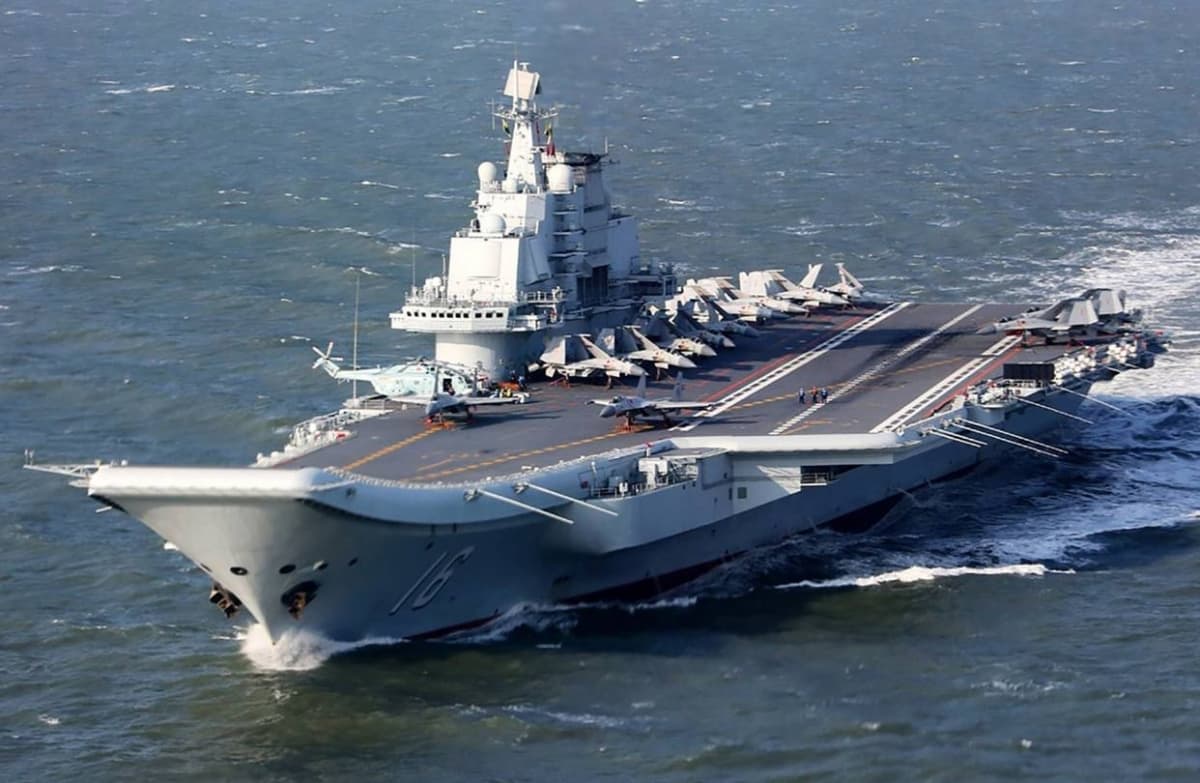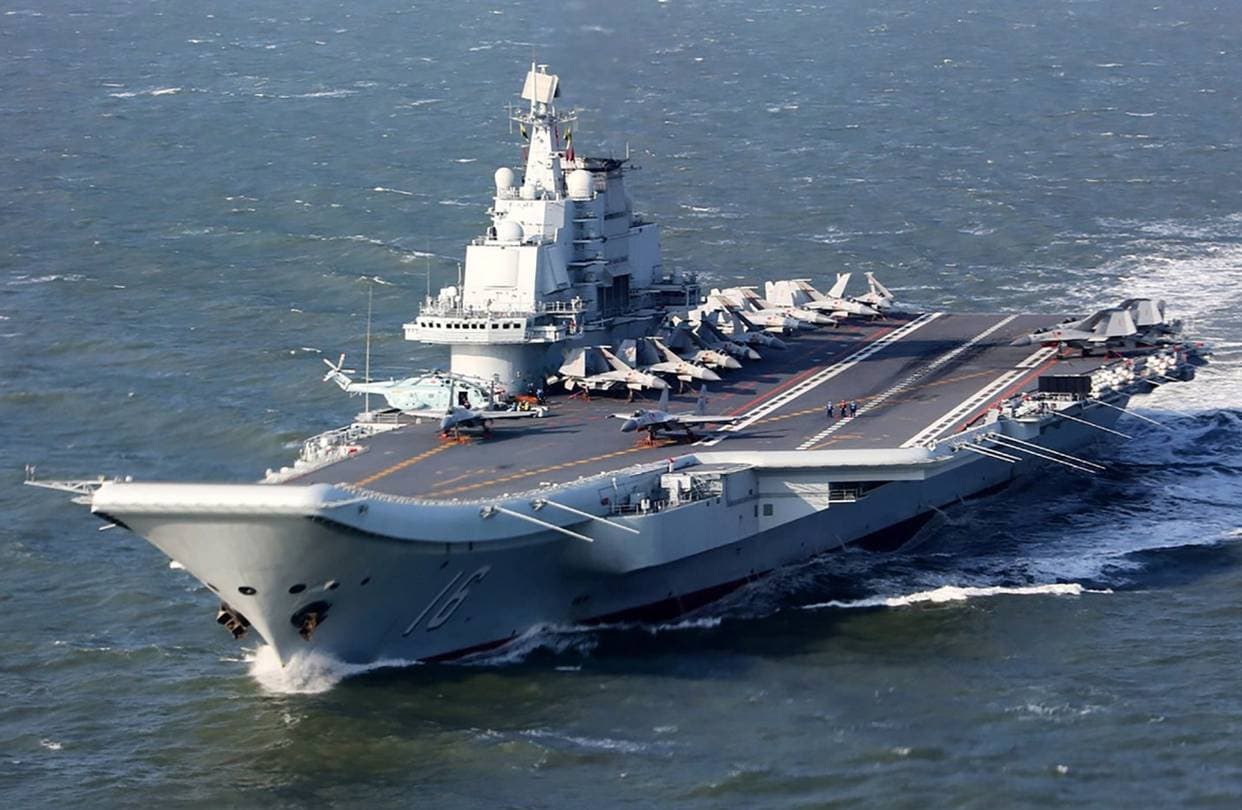Vincent Pisani
U.S. Economic Investment and Security Cooperation in the Indo-Pacific
Over the past two weeks the U.S. State Department announced two major initiatives aimed at promoting their “free and open” Indo-Pacific policy. The first of these, an array of economic investments aimed at strengthening economic ties with regional allies and partners, included $113.5 Million for private sector investment as well as the development of digital infrastructure, cybersecurity, sustainable infrastructure, and energy security. Furthermore; India will be receiving tier 1 strategic trade authorization status, allowing for more advanced U.S. technological exports, and Mongolia will receive $350 Million in aid to enhance the water infrastructure of Ulaanbaatar. Chinese state media viewed these initiatives with skepticism. However; the response from the Australian and Japanese governments have been overwhelmingly positive and supportive according to media reports. This move by the U.S. appears to be a response to Chinese investment in the Indo-Pacific brought about by the Belt and Road Initiative (BRI). However; due to the size and scope of BRI and the focused nature of these U.S. investments this policy cannot be viewed as a full counter. These investments demonstrate that the U.S. is willing to invest in the region even as Chinese influence in regional economies grows. However; more may need to be done for the U.S. to achieve regional goals. Time will tell if this initiative is relevant in a broader geopolitical context and whether more U.S. investment may be necessary.
The second policy, meant to strengthen security cooperation in the Indo-Pacific, will have the U.S. provide training and logistical support to countries in Southeast Asia and the Pacific as a means of improving their patrol capabilities. Furthermore; $300 Million will be provided to strengthen the maritime security, disaster relief, peacekeeping, and counter narcotics capabilities of multiple Indo-Pacific countries. This includes Bangladesh, Indonesia, Mongolia, Nepal, Sri Lanka, and the Philippines. At the time of this article’s writing, there were no noted statements released on this subject from major regional powers. These initiatives should strengthen U.S. influence in the region while providing smaller countries with a more robust international presence as well as some capability to counteract Chinese activities along their maritime boarders.
First Draft Code of Conduct for South China Sea
Representatives from China and multiple South Asian countries met last week on the sidelines of this years ASEAN regional forum to discuss a code of conduct in regard to the South China Sea. Although no specifics of these negotiations were publicly released, it was stated that a first draft of a potential agreement was put together with the aim of establishing formal rules to govern future negotiations over conflicts in the region. Representatives on both sides spoke positively about the meeting but some admitted that there was still a long way to go. Media reports from the region were also uniformly positive in their coverage of the agreement with little additional information being given. Overall; this is a positive development in a region that has seen gradually more aggressive military posturing over the last few years. However; whether any of the countries involved in these negotiations, particularly China, can come to a meaningful multilateral agreement on the South China Sea issue is yet to be seen and as such warrants continued observation as these negotiations continue.
NDAA 2019 Taiwan Provisions
The full text of this years National Defense Authorization Act was released last week, which included a number of interesting provisions in regard to Taiwan. As a change from last year, there were direct mentions of arms sales to Taiwan with much stronger wording. However; this only displays support for asymmetric and undersea warfare capabilities. More importantly this years NDAA instructs the Department of Defense to conduct a comprehensive defense assessment with Taiwan which is to be completed within one year of the bill being signed into law. This will also include recommendations to improve military to military cooperation, conduct joint training exercises, and foreign military sales with Taiwan. The Taiwanese response to the idea of joint military exercises was positive. However; the presence of similar wording in regards to exercises in 2018’s NDAA is worth noting. Regardless; the Chinese response to this news was negative, claiming that such interactions would only increase tension in the region. Overall; the changes in this years NDAA do not represent a major shift in policy toward Taiwan. Although it allows for increased arms sales it is likely that the U.S. will not go in a direction that could raise tensions with China, likely going as far as maintaining a balance between the two sides as we have seen previously. It will be difficult to project how the U.S. will accomplishe this due to the wording in the bill as this indicates a willingness to potentially only provide modern anti-armor weapon systems and upgrades to Taiwan’s existing submarine fleet. Finally; it is important to watch how the defense assessment plays out, particularly regarding joint training programs, as this could potentially cause issues with China due to ongoing tensions in the


